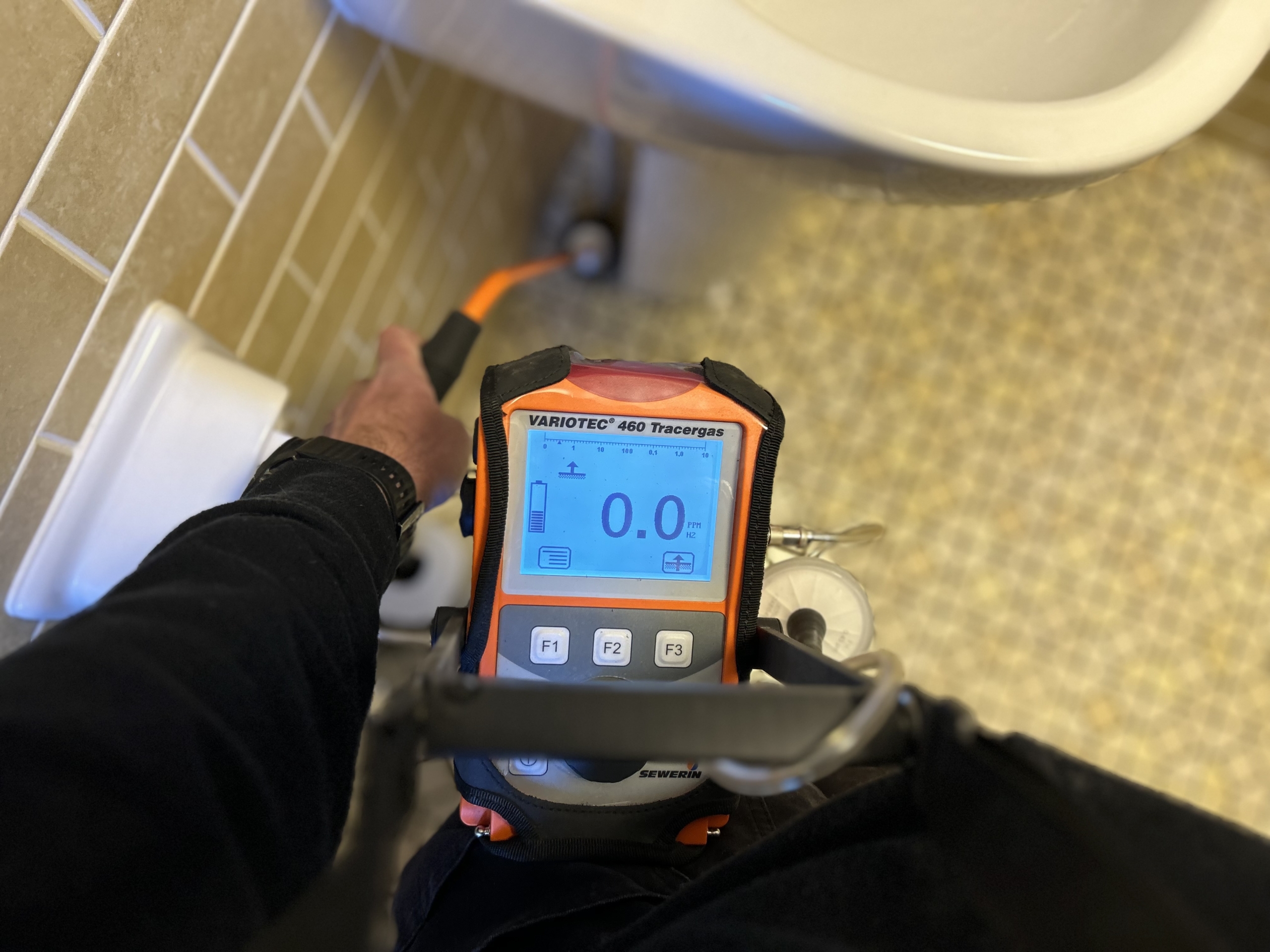Medication abortion is a non-invasive, non-surgical option for ending a pregnancy in its early stages, granting individuals privacy and autonomy in their reproductive choices. Consulting with a healthcare provider is vital to receive appropriate guidance and support throughout the process. Below is an explanation of how it works:
- Mifepristone:
The abortion pill process usually commences at a healthcare provider’s office or a clinic, where individuals are prescribed mifepristone, commonly recognized as the “RU-486” medication. Mifepristone is an anti-progestin drug that hinders the hormone progesterone, an essential factor in sustaining a pregnancy. This medication instigates a sequence of changes, including thinning the uterine lining and softening the cervix, ultimately facilitating the detachment of the pregnancy from the uterine wall.
2. Misoprostol:
Around 24 to 48 hours after taking mifepristone, individuals typically self-administer misoprostol in the comfort of their own homes. Misoprostol, a prostaglandin analog, serves to stimulate uterine contractions, aiding in the expulsion of the pregnancy from the uterus. These contractions closely resemble the experience of a heavy menstrual period and are commonly accompanied by cramping and bleeding.
3. Completion of the process:
Following the administration of the prescribed medication, individuals typically undergo an experience characterized by bleeding and cramping, reflecting the natural expulsion of the pregnancy from the uterus. The conclusion of this process signifies the successful completion of the abortion. Crucially, individuals are advised to schedule a follow-up appointment with a healthcare provider, usually within one to two weeks after taking the abortion pills. During this visit, the healthcare provider conducts assessments, which may include an ultrasound or other relevant tests, to confirm the full completion of the abortion and ensure the individual’s health.
Common factors to consider before deciding on abortion
Before choosing to have an abortion, individuals should weigh several critical factors. This deeply personal decision involves evaluating emotional readiness, considering health and medical conditions, and assessing support systems and life circumstances. Careful reflection is crucial in navigating this complex choice.
- Personal and emotional readiness: Self-reflection is crucial to understanding your emotional preparedness for parenthood. Examine your values, beliefs, and feelings about pregnancy and raising a child. Determine if you are equipped to handle the emotional complexities and potential long-term effects of an abortion.
- Health and medical aspects: Assessing your physical health and existing medical conditions is crucial in deciding between continuing a pregnancy or having an abortion. Consult a healthcare professional to understand associated risks. Consider the pregnancy stage’s impact on abortion safety and any medical contraindications. This comprehensive evaluation prioritizes your well-being and minimizes health risks.
- Support systems and life circumstances: Thoroughly assessing your social and financial circumstances is a pivotal aspect of the decision-making process concerning abortion. Reflect on the support systems in your life, be it from your partner, family, or friends, as their support can significantly impact your choice. Additionally, it’s crucial to evaluate your financial stability, as parenthood entails substantial financial responsibilities. Consider how raising a child might affect your current lifestyle, career, and future aspirations, recognizing that becoming a parent is a lifelong commitment. This comprehensive analysis helps ensure that your decision aligns with your broader life goals and the well-being of yourself and your potential child.
How does abortion affect women’s health?
Abortion’s impact on Sheboygan women’s health is a multifaceted issue. It involves both physical and emotional dimensions. Physically, abortion, when performed safely, typically presents minimal short-term risks, such as bleeding and cramping. Emotionally, individual experiences vary widely, with some women feeling relief and empowerment, while others may contend with guilt or sadness. Long-term health effects are generally not associated with safe, legal abortion, but seeking emotional support and regular reproductive health check-ups are essential aspects of overall wel
Physical health: When conducted by qualified healthcare professionals under safe conditions, abortion is typically a low-risk medical procedure. Nonetheless, as with any medical intervention, it can have physical repercussions. Short-term effects may encompass bleeding, cramping, and, on rare occasions, the possibility of infection or injury to the uterus or nearby organs. These complications are generally manageable and treatable when abortion is carried out in a controlled and hygienic setting.
Emotional and psychological well-being: The emotional impact of abortion can vary widely among individuals. While many women experience relief or a sense of empowerment, some may grapple with guilt, sadness, or regret. Seeking emotional support and counseling can be crucial in coping with these feelings and maintaining overall mental well-being.
Long-term health: In general, safe and legal abortion is not linked to long-term health effects. Multiple credible studies have revealed no causative relationship between abortion and elevated risks of mental health disorders or infertility. Nonetheless, it remains crucial to emphasize routine reproductive health check-ups to safeguard overall well-being and address any health-related concerns.
Mistakes to avoid when deciding on abortion
When confronted with the complex and deeply personal decision of whether to proceed with an abortion, it’s vital to navigate the process thoughtfully and avoid common pitfalls. This introspective journey involves weighing factors like emotional readiness, health considerations, and support systems. Rushed decisions, lack of information, ignoring emotional well-being, and isolation can hinder the process. By recognizing these potential mistakes, individuals can make well-informed, deliberate choices that align with their physical and emotional well-being. This introduction highlights the importance of approaching the decision with care and consideration to minimize regrets and ensure that individual needs are met.








Leave a Reply